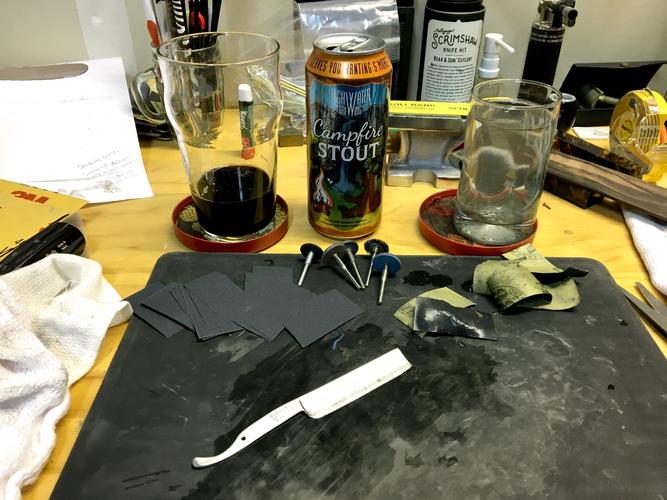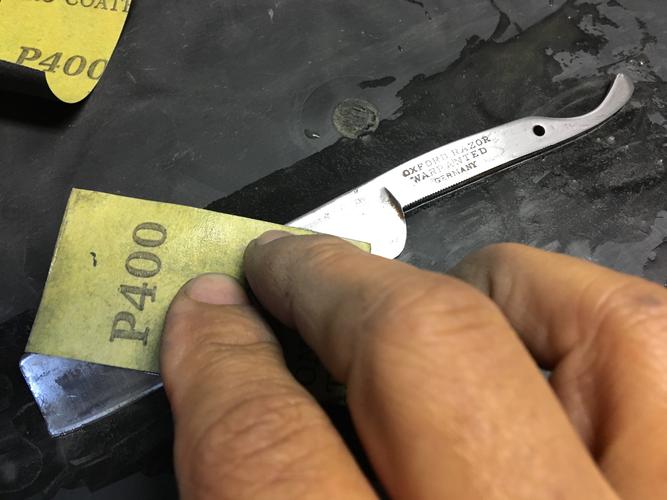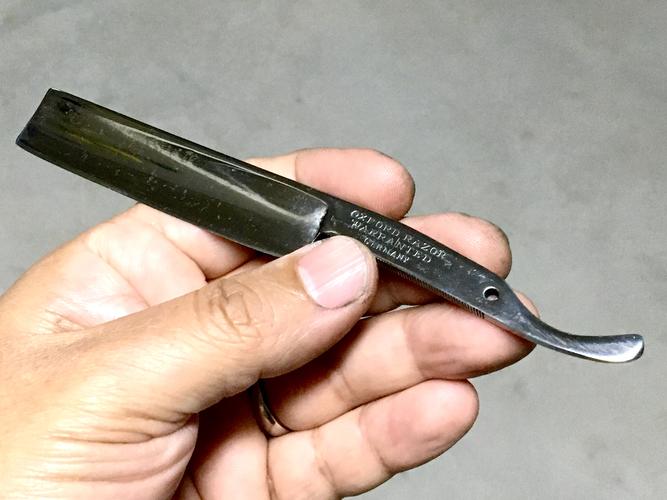Results 11 to 14 of 14
Threaded View
-
11-23-2020, 09:10 AM #1Senior Member


- Join Date
- Aug 2020
- Location
- Roseville, CA (30 minutes north of Sacramento)
- Posts
- 246
Thanked: 7 Late nite, and working on an old Oxford
Late nite, and working on an old Oxford
Well, I’m on a one month vacation, and it’s about day 4.
So here I am, in the Man-Cave after midnight, and working on an old Oxford which I got for something like $10.00...if memory serves me correctly.
Scales were trashed, and the blade was Funky McNasty, but the blade cleaned-up super nice.
Time to go to bed.
I will be building the scales tomorrow.
I have high hopes for this blade.
I like them wider (7/8” to 8/8” inch), but I dig the square point.
Let’s see what happens.



Last edited by RaymondMillbrae; 11-23-2020 at 09:15 AM.


 32Likes
32Likes LinkBack URL
LinkBack URL About LinkBacks
About LinkBacks






 Reply With Quote
Reply With Quote